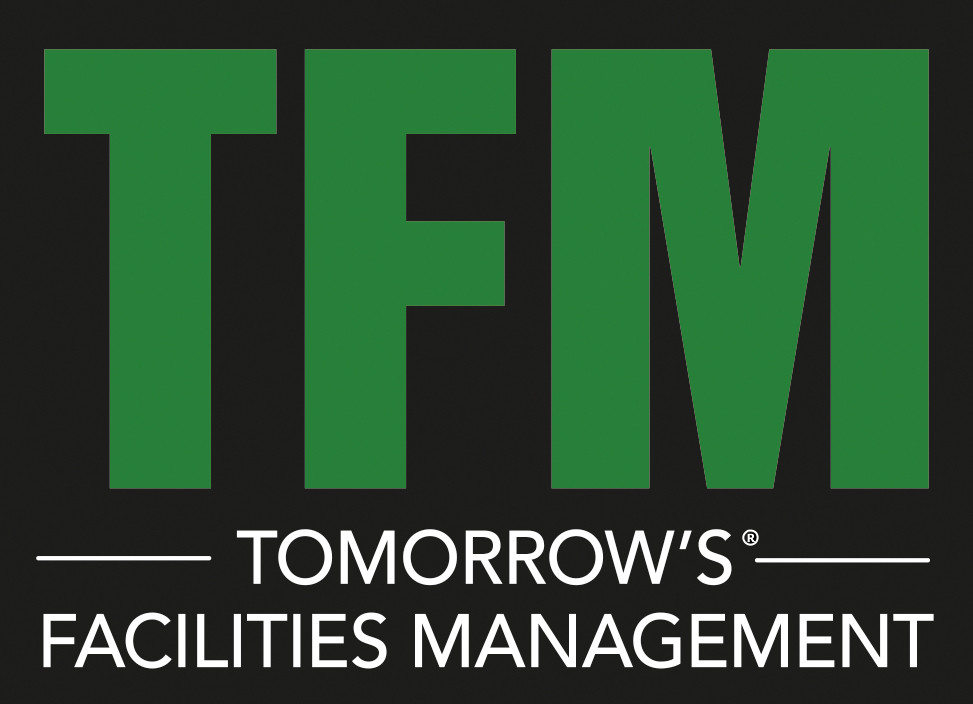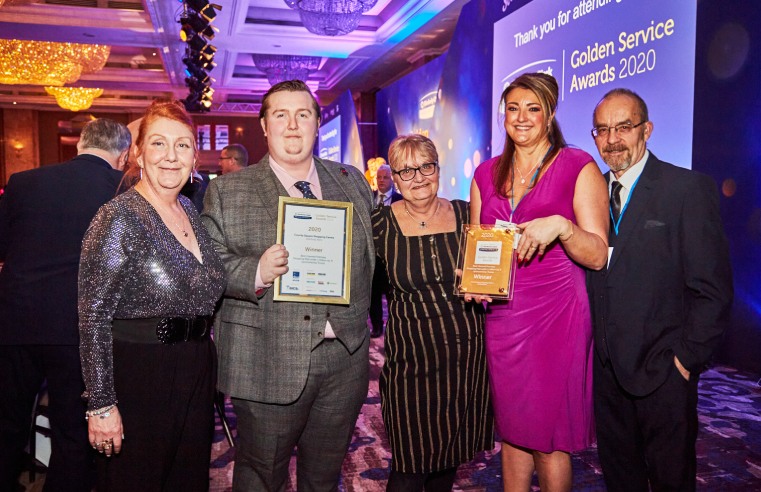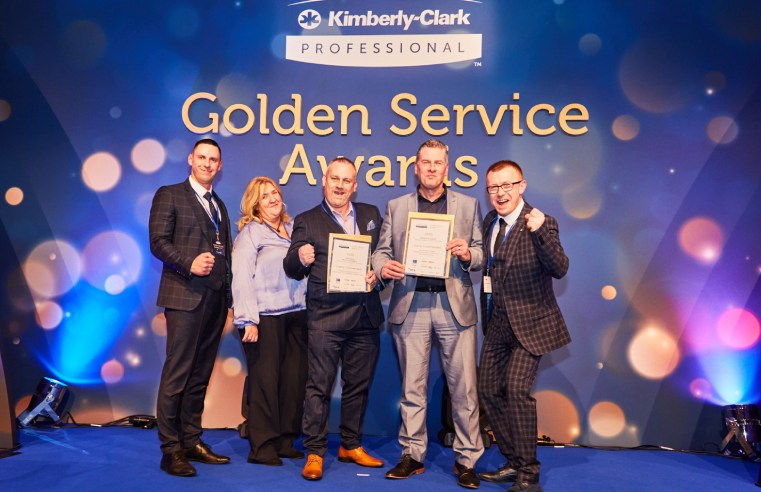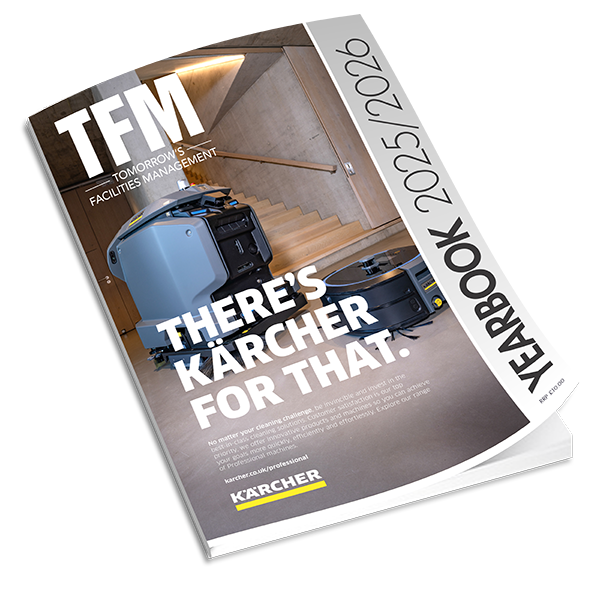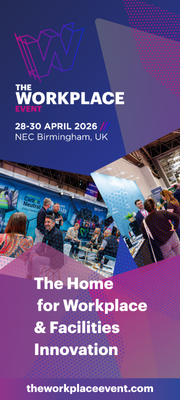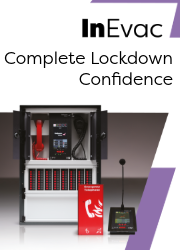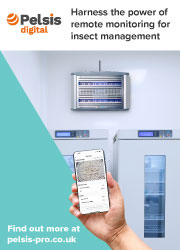Technological Innovations Group (TIG), the leading sales agency for integrated AV, UC and control solutions in the EMEA region, has recently undertaken research into the future of teaching and learning environments in the Higher Education sector, and has released a panel discussion with industry experts to provide practical advice for universities to consider when implementing their hybrid learning model.
The discussion responded to the results of TIG’s survey, which saw 10% of the UK’s Higher Education establishments give their thoughts on how the pandemic has affected the sector and the future of classroom technology.
A crucial finding was that no-one is predicting a move fully back to the classroom or fully online, with 100% of respondents seeing a mix of virtual and in-person learning, suggesting that hybrid teaching is a key term which will drive the investment and development of teaching spaces.
TIG invited the following experts to share their expertise and experience during the 30-minute panel discussion:
- Phil Waterhouse, Education Business Development Manager from AV and UC hardware manufacturer, Crestron UK
- Adam Harvey, Solution Architect from the University of Hertfordshire
- Dr. Ross Little, Technical Supervisor from the University of Leeds
- Simon Ferguson, Sales Director from technical furniture specialist Top-Tec
Crestron’s Phil Waterhouse began by predicting that hybrid teaching will now be around forever and suggested that, by Easter next year, 80% of students will be in class with 20% online.
But he also acknowledged that universities must look at each of their programmes individually, as the nature of the degree would dictate the methodology needed. For instance, where some courses can be delivered online, others such as science subjects will require practical lessons and on-campus learning.
Adam Harvey, from the University of Hertfordshire, added: “The word ‘hybrid’ is going to mean something different to everybody, and it’s going to be different within an institution as it depends on the requirements of the programme you’re delivering.”
The discussion gave focus to the way various university spaces, beyond traditional teaching spaces, are now being utilised. “The University of Leeds is launching a pilot scheme shaped around the opinions of our academics,” said Ross Little. “So far, our staff want access to hybrid technology across the entire campus, so they don’t have to book dedicated spaces for specific tasks. But we’ve identified 14 – 15 rooms in which we’ll trial hybrid tech this Autumn, then we’ll decide if we should roll it out more widely.”
When asked if the industry is seeing investment in larger hybrid learning spaces or a distinction between separate in-person and online-only spaces, Phil shared: “Some of the business schools are looking at dedicated online-only spaces where, essentially, teaching spaces (or office spaces!) are being put online, with the lecturer physically present. This provides an opportunity to reach international students all over the world – at any time.”
The feedback from Adam’s students is that they overwhelmingly prefer live teaching. “On-demand video is great for revision, but interaction with the lecturer is important. It’s equally important for our academics to see and engage with remote participants. Engagement and collaboration between in-person and online audiences is the key to this puzzle!”
To facilitate this, the University of Hertfordshire now has remote students on individual displays in the front row of one of their lecture theatres. “Remote participants themselves need to know they have a proper presence in the room, rather than a small corner of a screen.”
A final reflection referred back to the survey’s finding that 92% of respondents stated they were allocating budget for new equipment to facilitate hybrid learning. The panel was asked where universities should prioritise investments now in order to remain futureproof.
The panel all agreed that flexibility and scalability are crucial factors to consider, with the main focus for Hertfordshire being infrastructure: “AV over IP technologies have given us a massive amount of flexibility to change stuff. Making sure it’s robust enough to work large-scale is our starting point for all new buildings,” Adam commented.
Simon from Top-Tec added: “Flexibility means different things to different people, but many are looking at shared equipment that can be moved between rooms. Another aspect is being able to change up the tech and furniture in the classroom itself for different subjects or dynamics.”
Planning for hybrid learning can sometimes seem like a minefield but, as Adam points out: “Hybrid Teaching will likely change over the years to come, as people continue the journey, so the big things to always consider are infrastructure, as well as: can everyone be seen, heard and participate?”
The panel discussion “How to plan a successful Hybrid Teaching model” is available to view on YouTube here: https://youtu.be/KE_XYVV_wqs



